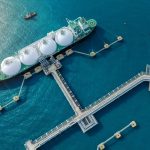- VA Group
- Services
- Energy Commodities
Energy Commodities
On behalf of direct Contracted reputable Refineries, we welcome qualified Buyers or Re-Sellers and their signatory
mandates worldwide who meet the financial criteria required to transact petroleum products.
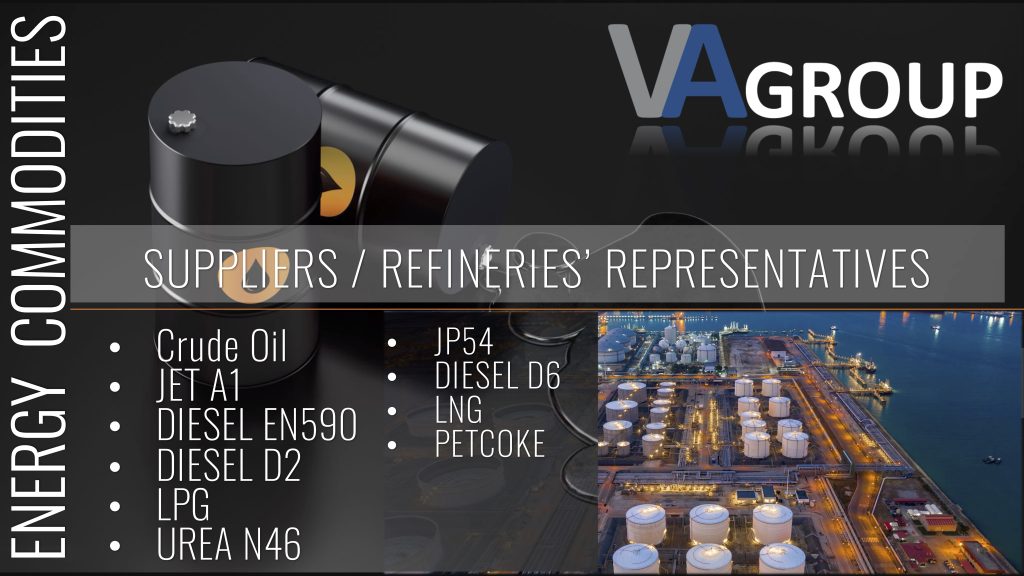
We supply both FOB and CIF, TTT, TTV, TTO, of the following energy commodities:
Crude Oil
Diesel EN590
Diesel D2
Diesel D6
Jet A1
Jet JP54
Gas LPG
Gas LNG
Urea N46
Coke Petcoke
INFORMATION CENTER
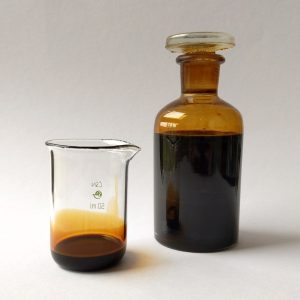
Once extracted, oil is refined and separated, most easily by distillation, into innumerable products for direct use or use in manufacturing. Products include fuels such as gasoline (petrol), diesel, kerosene and jet fuel; asphalt and lubricants; chemical reagents used to make plastics; solvents, textiles, refrigerants, paint, synthetic rubber, fertilizers, pesticides, pharmaceuticals, and thousands of others. Petroleum is used in manufacturing a vast variety of materials essential for modern life, and it is estimated that the world consumes about 100 million barrels (16 million cubic metres) each day. Petroleum production can be extremely profitable and was critical to global economic development in the 20th century, with some countries, so-called “oil states”, gaining significant economic and international power because of their control of oil production.
Petroleum includes not only crude oil, but all liquid, gaseous and solid hydrocarbons. Under surface pressure and temperature conditions, lighter hydrocarbons methane, ethane, propane and butane exist as gases, while pentane and heavier hydrocarbons are in the form of liquids or solids. However, in an underground oil reservoir the proportions of gas, liquid, and solid depend on subsurface conditions and on the phase diagram of the petroleum mixture.
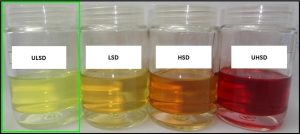
Based on 98/70/EG it allows the blending of up to 7% fatty acid methyl ester biodiesel with ‘conventional’ diesel – a 7:93 mix.
The EN 590 had been introduced along with the European emission standards. With each of its revisions the EN 590 had been adapted to lower the sulphur content of diesel fuel – since 2007 this is called ultra low sulphur diesel as the former function of sulphur as a lubricant is absent (and needs to be replaced by additives).
Number 2 fuel oil (D2) is a distillate home heating oil. Trucks and some cars use similar diesel no. 2 with a cetane number limit describing the ignition quality of the fuel. Both are typically obtained from the light gas oil cut. The name gasoil refers to the original use of this fraction in the late 19th and early 20th centuries—the gas oil cut was used as an enriching agent for carbureted water gas manufacture.
Number 6 fuel oil is a high-viscosity residual oil requiring preheating to 104–127 °C (219–261 °F). Residual means the material remaining after the more valuable cuts of crude oil have boiled off. The residue may contain various undesirable impurities, including 2% water and 0.5% mineral oil. This fuel may be known as residual fuel oil (RFO), by the Navy specification of Bunker C, or by the Pacific Specification of PS-400.
Jet A specification fuel has been used in the United States since the 1950s and is usually not available outside the United States and a few Canadian airports such as Toronto and Vancouver, whereas Jet A-1 is the standard specification fuel used in the rest of the world other than Russia and the CIS members where TS-1 is the most common standard. Both Jet A and Jet A-1 have a flash point higher than 38 °C (100 °F), with an autoignition temperature of 210 °C (410 °F).
The primary difference is the lower freezing point of A-1:
- Jet A’s is −40 °C (−40 °F)
- Jet A-1’s is −47 °C (−53 °F)
Jet A-1 fuel must meet:
- DEF STAN 91-91 (Jet A-1),
- ASTM specification D1655 (Jet A-1), and
- IATA Guidance Material (Kerosene Type), NATO Code F-35.
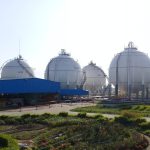
Liquefied natural gas (LNG) is natural gas (predominantly methane, CH4, with some mixture of ethane, C2H6) that has been cooled down to liquid form for ease and safety of non-pressurized storage or transport. It takes up about 1/600th the volume of natural gas in the gaseous state at standard conditions for
temperature and pressure. The gas extracted from underground hydrocarbon deposits contains a varying mix of hydrocarbon
components, which usually includes mostly methane (CH4), along with ethane (C2H6), propane (C3H8) and butane (C4H10).
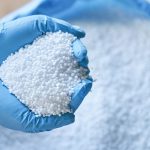
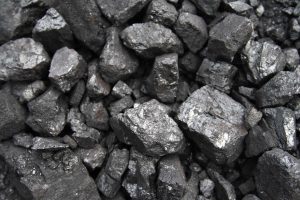
Typical petroleum coke characteristics:
- Total Moisture (as received basis) 8 to 13%
- Ash (dry basis) 0.15 to 4.5%
- Volatile Matter (dry basis) 8.0 to 13.5%
- Sulfur (dry basis) 5.7 to 6.8%
- HGI (dry basis) 42 to 60
- Btu/lb (dry basis) 14,500 to 15,500
Petcoke is used to develop electrodes for the aluminum and steel industry, but most petcoke is low-grade and used as fuel for various processes. Industries often use petcoke as a fuel to make steel, glass, lime, paper, brick, fertilizer and cement. High-grade petcoke contains low amounts of heavy metals and sulfur, and low-grade petcoke contains high levels of heavy metals and sulfur.
FLEXIBILITY & SOLUTIONS
Fixed Forward Pricing
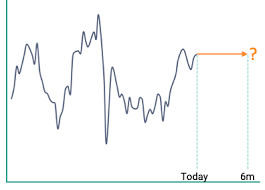
Floating Price Contracts
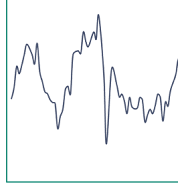
Short or Long-term volume agreements and hedging solutions
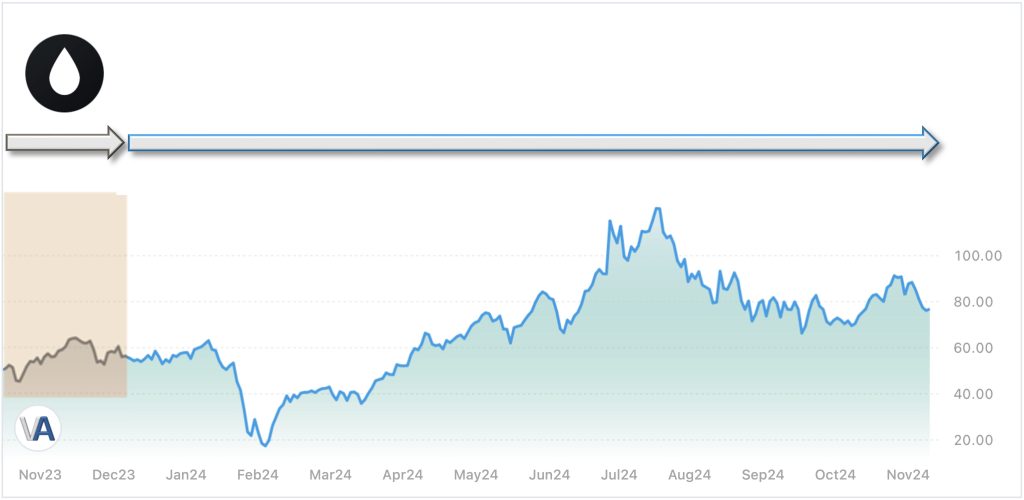
Competitive Platts prices available upon request.
Utilizing a secure online purchasing platform through ClearLynx Fuel Management Systems.
We represent buyers/ private investors, financial firms, airlines, sea transportation shipping companies, and professional
traders worldwide.
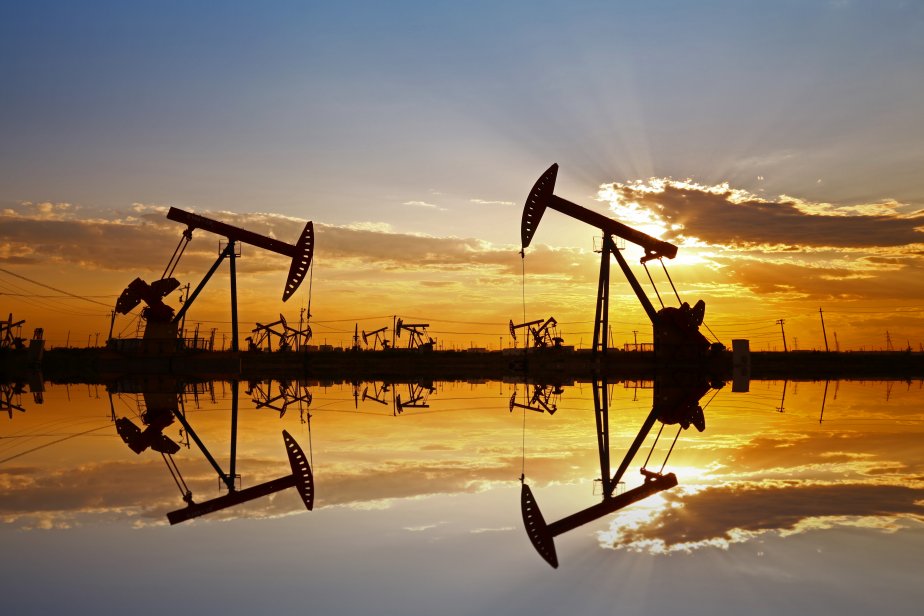
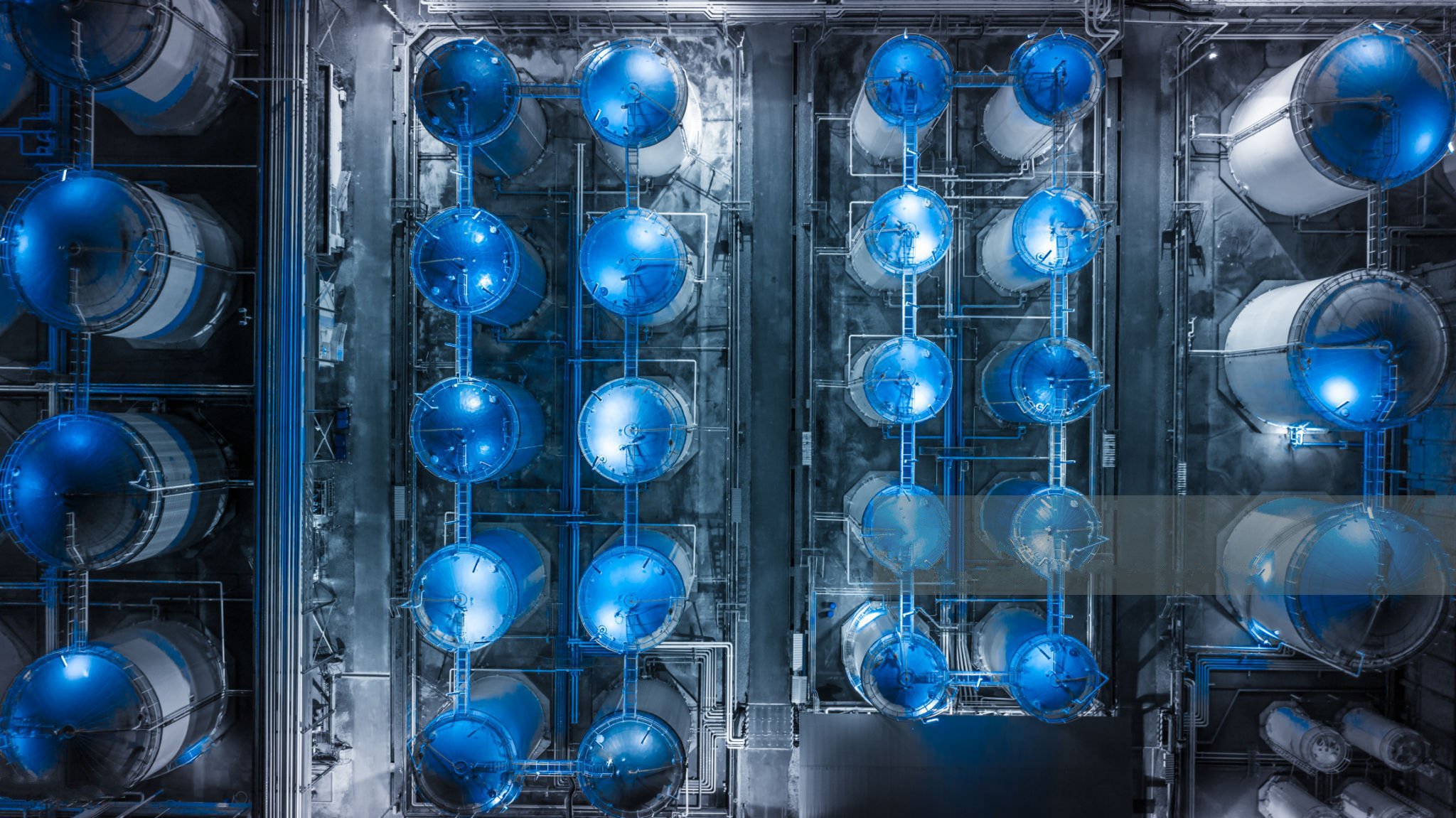


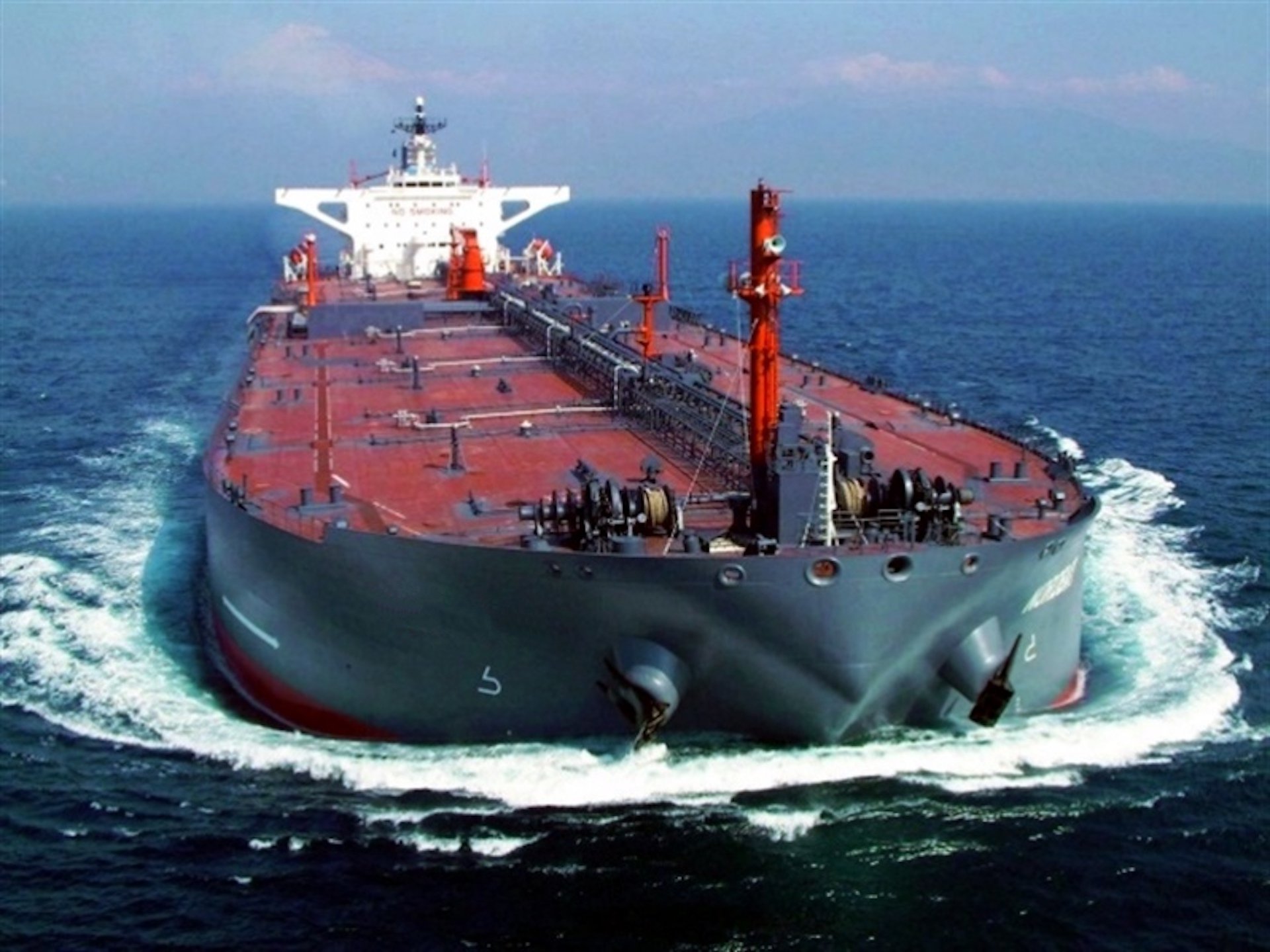
Specializing to cover the entire supply cycle with a 24/7 service.
Please contact us with RFQ.
For quick transactions, a properly prepared LOI and POF or Attorney’s Letter of Attestation together with Attorney’s
Licence Number will be requested for a due diligence to be performed by our expert team.
Contact VA GROUP of Companies at: commercial@voeurope.com to enquire supply option.
